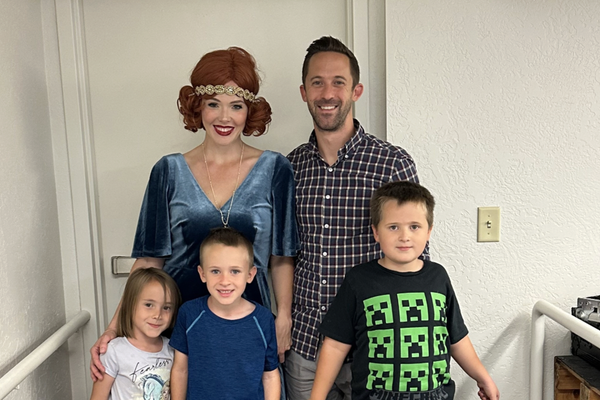
When Sam Altman, CEO of OpenAI, described the extraordinary surge in user demand following a viral AI launch, he offered a candid glimpse into the operational pressures that come with leading the artificial intelligence (AI) revolution. Altman’s remarks, delivered during a Bloomberg Originals interview, capture both the scale of recent events and the practical constraints that even the world’s most advanced AI companies must contend with.
Speaking about the massive spike in users resulting from the launch of Studio Ghibli-style images in a recent ChatGPT release, Altman recounted, “This level of virality is an unusual thing. This last week, I don’t think this has happened in the history of tech to any company before. I’ve seen viral moments, but I have never seen anyone have to deal with an influx of usage like this.”
Altman’s experience, while anecdotal, is rooted in the realities of managing systems that, in a matter of hours, can attract millions of new users. When pressed on the numbers, Altman confirmed that OpenAI added more than a million users in just a few hours — an unprecedented feat even by the standards of Silicon Valley.
The technical demands of such growth are immense. Altman explained that generating images with the latest AI models is a computationally intensive process. To cope with the surge, OpenAI had to divert compute resources from research and slow down other features, highlighting the finite nature of their infrastructure. “It’s not like we have hundreds of thousands of GPUs sitting around spinning idly,” he noted, underscoring the limits faced even by leading AI firms.
Altman’s authority on these matters is well established. As the architect behind OpenAI’s rise, he has overseen the development and deployment of some of the most influential AI systems in the world. His leadership has been marked by a willingness to confront both the opportunities and the constraints of large-scale AI. The decisions to borrow compute capacity and restrict certain features reflect a pragmatic approach to resource management — a challenge that is increasingly central as AI adoption accelerates.
The quote also reveals Altman’s forward-looking mindset. He described reviewing a list of planned feature launches and realizing that, without additional compute resources, not all could be delivered as intended. “More compute means we can give you more AI,” he concluded, succinctly connecting infrastructure investment to the pace of innovation.
Altman’s comments resonate in a market environment where demand for AI services routinely outstrips supply. The rapid adoption of generative AI tools has forced companies to rethink their infrastructure strategies, driving massive investments in data centers, GPUs, and cloud capacity. Industry observers note that such surges in usage are likely to become more common as AI applications proliferate across sectors.
In sum, Sam Altman’s reflections on OpenAI’s viral growth episode provide a window into the operational realities of modern AI development. His experience and measured responses reinforce his reputation as a leader capable of steering his company through both the promise and the growing pains of technological transformation.







